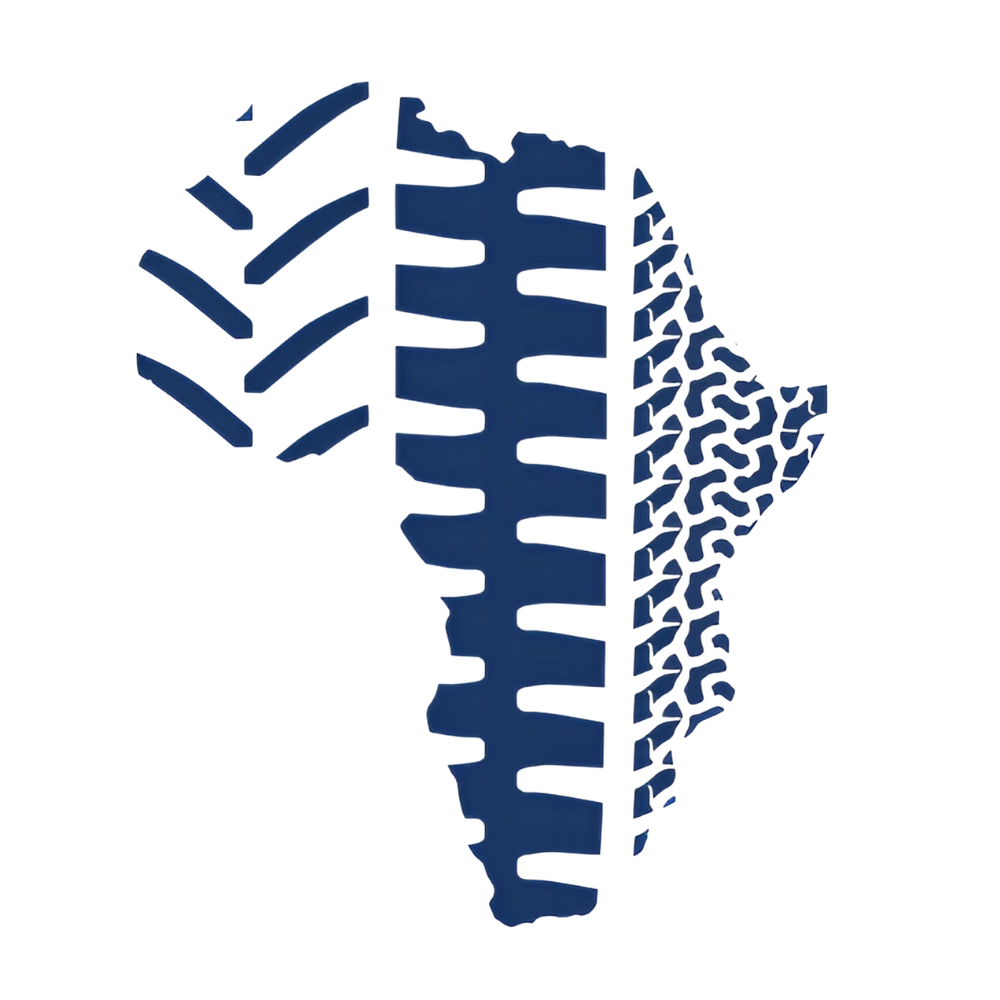Industrial & OTR Tyres: Maximising Uptime in Mining & Infrastructure Projects Across Africa
- Tyres Without Borders

- 4 days ago
- 3 min read
From bustling ports in Ghana to remote mining camps in the Congo, African infrastructure and extractive industries are booming. Heavy equipment like dumpers, loaders, and graders face punishing environments — and at the centre of their performance lies one key component: the industrial OTR tyres they run on.
At Tyres Without Borders, we help African operators (excluding South Africa and Namibia) select the most suitable tyres for uptime, safety, and cost control. This blog outlines key tyre features, common challenges, and the best BKT options for off-the-road (OTR) applications.
Why OTR Tyres Matter in Africa’s Heavy Sectors

Mining and infrastructure projects demand reliability. Here’s what the right OTR tyres deliver:
Minimised Downtime: Fewer punctures and longer service intervals
Safety: Enhanced grip and stability on loose, wet, or unstable surfaces
Fuel Efficiency: Lower rolling resistance saves fuel across fleets
Asset Protection: Proper tyres reduce wear on machinery and suspension
What to Look for in OTR Tyres
1. Tread Design & Compound
E-4/E-3 treads offer deep lugs for superior traction
Compounds should resist heat, cuts, and abrasion
Rock-resistant designs are crucial for mines and quarries
2. Tyre Construction: Radial vs Bias
Radial Tyres = better load distribution, comfort, and longevity
Bias Tyres = stronger sidewalls, better for short-cycle heavy loads
3. Load Rating & Inflation Pressure
Match tyre capacity to machine weight and load cycle
Underinflated tyres overheat and fail; overinflated tyres lose traction
4. Surface Conditions
Mud, gravel, or rock each calls for different tread types
On-site observation is key to accurate matching
Common Challenges Across Africa

Extreme heat leading to blowouts
Sharp debris in quarries and roadbeds
Logistical delays in replacing imported tyres
Fleet mismanagement without TPMS or regular inspection routines
Top BKT OTR Tyres for African Use
EARTHMAX SR 45 M: For rigid dumpers in mines and haul roads
EARTHMAX SR 30: All-purpose radial for loaders and graders
XL GRIP IND 3: For industrial loaders on compact, abrasive ground
These tyres are built for durability, low heat build-up, and reliable grip.
Maintenance for Uptime

Daily pressure checks with calibrated gauges
Visual inspections for sidewall cracks, cuts, or uneven wear
Tyre rotation schedules to maximise tread life
Install TPMS for real-time data on fleet tyres
Future Trends: Smart Tyres & Sustainability
BKT and other leading brands are moving toward:
Smart OTR tyres with sensors to track pressure, temperature, and load
Eco-friendly compounds to reduce environmental footprint
Retread programmes to extend lifecycle and cut costs
Conclusion
African infrastructure and mining projects face high pressure — literally and figuratively. Your tyre choice affects uptime, costs, safety, and performance. At Tyres Without Borders, we guide your fleet toward durable, efficient OTR solutions that suit your terrain and budget. Reach out today for product support, supply, or fleet analysis.
FAQs
Q1: What is the best tyre type for African mines?
Radial tyres with cut-resistant compounds and deep lugs usually offer the best longevity.
Q2: Are smart tyres available in Africa?
Yes. Tyres with built-in TPMS or RFID are increasingly available through global brands like BKT.
Q3: How long do OTR tyres last in African sites?
With proper care, they last 6–24 months depending on terrain, load, and heat exposure.
Q4: What does E-4 mean in OTR tyres?
It’s a tread classification – E-4 tyres have extra-deep tread, ideal for aggressive off-road use.
Q5: Can tyres be retreaded in Africa?
Yes, in many countries. Retreading extends tyre life and reduces waste.




Comments